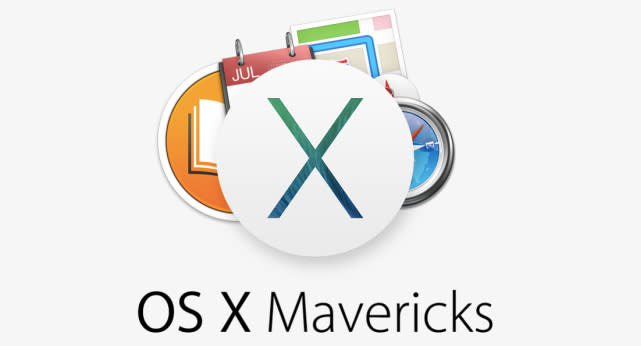Mac 101: Use Command-P to print and other useful Finder keyboard shortcuts

Yesterday, our Editor-in-chief Victor Agreda misfired in one of his keyboard combinations -- selecting multiple files and then hitting Command-P, instead of Command-O when trying to open the documents. He was reminded of this longstanding "Print" feature and other similar shortcuts that are often overlooked by new and veteran OS X users alike.
Besides Command-O to open documents and Command-P to print them, there is a long list of keyboard combinations specifically for the Finder. Below you will find the list as documented by Apple.
Key combination | Action |
Command-A | Select all items in the front Finder window (or desktop if no window is open) |
Command-Option-A | Deselect all items |
Command-Shift-A | Open the Applications folder |
Command-C | Copy selected item/text to the Clipboard |
Command-Shift-C | Open the Computer window |
Command-D | Duplicate selected item |
Command-Shift-D | Open desktop folder |
Command-E | Eject |
Command-F | Find any matching Spotlight attribute |
Command-Shift-F | Find Spotlight file name matches |
Command-Option-F | Navigate to the search field in an already-open Spotlight window |
Command-Shift-G | Go to Folder |
Command-Shift-H | Open the Home folder of the currently logged-in user account |
Command-Shift-Control-T | Add to Dock |
Command-I | Get Info |
Command-Option-I | Show Inspector |
Command-Control-I | Get Summary Info |
Command-Shift-I | Open iDisk |
Command-J | Show View Options |
Command-K | Connect to Server |
Command-Shift-K | Open Network window |
Command-L | Make alias of the selected item |
Command-M | Minimize window |
Command-Option-M | Minimize all windows |
Command-N | New Finder window |
Command-Shift-N | New folder |
Command-Option-N | New Smart Folder |
Command-O | Open selected item |
Command-Shift-Q | Log Out |
Command-Shift-Option-Q | Log Out immediately |
Command-R | Show original (of alias) |
Command-T | Add to Sidebar |
Command-Shift-T | Add to Favorites |
Command-Option-T | Hide Toolbar / Show Toolbar in Finder windows |
Command-Shift-U | Open Utilities folder |
Command-V | Paste |
Command-W | Close window |
Command-Option-W | Close all windows |
Command-X | Cut |
Command-Option-Y | Slideshow (Mac OS X v10.5 or later) |
Command-Z | Undo / Redo |
Command-1 | View as Icon |
Command-2 | View as List |
Command-3 | View as Columns |
Command-4 | View as Cover Flow (Mac OS X v10.5 or later) |
Command-Comma (,) | Open Finder preferences |
Command-Accent (`) (the Accent key above Tab key on a US English keyboard layout) | Cycle through open Finder windows |
Command-Shift-Question Mark (?) | Open Mac Help |
Command-Left Bracket ([) | Go to the previous folder |
Command-Right Bracket (]) | Go to the next folder |
Command-Up Arrow | Open the folder that contains the current folder |
Command-Control-Up Arrow | Open the folder that contains the current folder in a new window |
Command-Down Arrow | Open highlighted item |
Command-Shift-Up Arrow | Make the desktop active |
Right Arrow (in List view) | Open the selected folder |
Left Arrow (in List view) | Close the selected folder |
Option-click the disclosure triangle (in List view) | Open all folders within the selected folder |
Option–double-click | Open a folder in a separate window, closing the current window |
Command–double-click | Open a folder in a separate window |
Command-click the window title | See the folders that contain the current window |
Command-Tab | Switch application–cycle forward |
Command-Shift-Tab | Switch application–cycle backward |
Command-Delete | Move to Trash |
Command-Shift-Delete | Empty Trash |
Command-Shift-Option-Delete | Empty Trash without confirmation dialog |
Space bar (or Command-Y) | Quick Look (Mac OS X v10.5 or later) |
Command key while dragging | Move dragged item to other volume/location (pointer icon changes while key is held--see this article) |
Option key while dragging | Copy dragged item (pointer icon changes while key is held--see this article) |
Command-Option key combination while dragging | Make alias of dragged item (pointer icon changes while key is held--see this article) |

